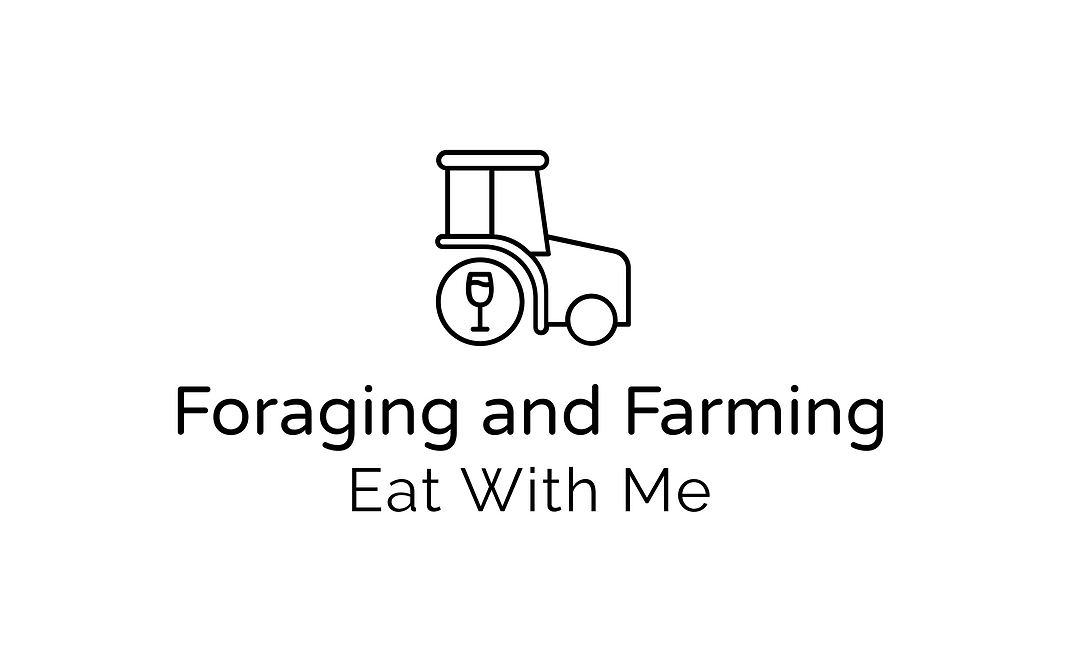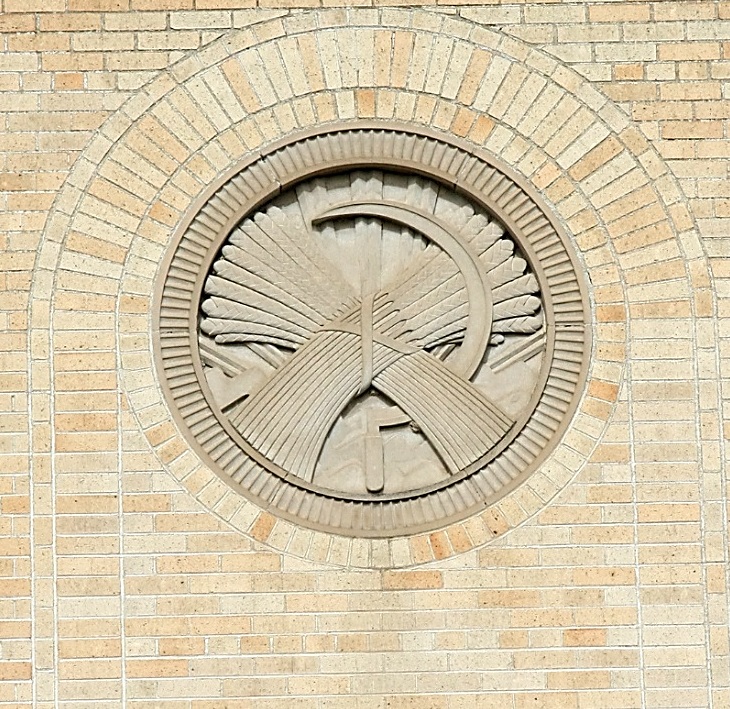A treasure trove of century-old wheat varieties holds the promise of restoring long-lost traits that modern agriculture has nearly forgotten. A recent article from Science.org highlights the exciting potential these heirloom grains possess, offering new pathways for breeders seeking to enhance resilience and nutritional value in contemporary wheat. This discovery is not just a nod to our agricultural past but a beacon for future sustainability.
In the early 20th century, wheat varieties were incredibly diverse, each adapted to specific regional conditions. Over the years, however, the drive for higher yields led to a narrowing of this genetic pool, often sacrificing traits like disease resistance and nutritional content. The Science.org article delves into how researchers are now turning back the clock, mining these ancient grains for the genetic diversity needed to combat modern agricultural challenges.
At Palouse Heritage, we celebrate this resurgence of interest in heritage grains, which aligns perfectly with our mission to preserve and promote these ancient varieties. Our own work with landrace grains reflects the rich agricultural legacy of the Palouse region, where traditional farming methods and heirloom seeds come together to produce crops that are both flavorful and resilient. The insights from the Science.org article underscore the importance of these efforts, highlighting how historical knowledge and modern science can synergize to benefit both farmers and consumers.
As we continue our journey at Palouse Heritage, we remain committed to honoring the wisdom of the past and resurrecting the amazing heritage grains that have helped sustained humanity for ages. The rediscovery of these century-old wheat varieties is a testament to the enduring value of agricultural biodiversity.




















